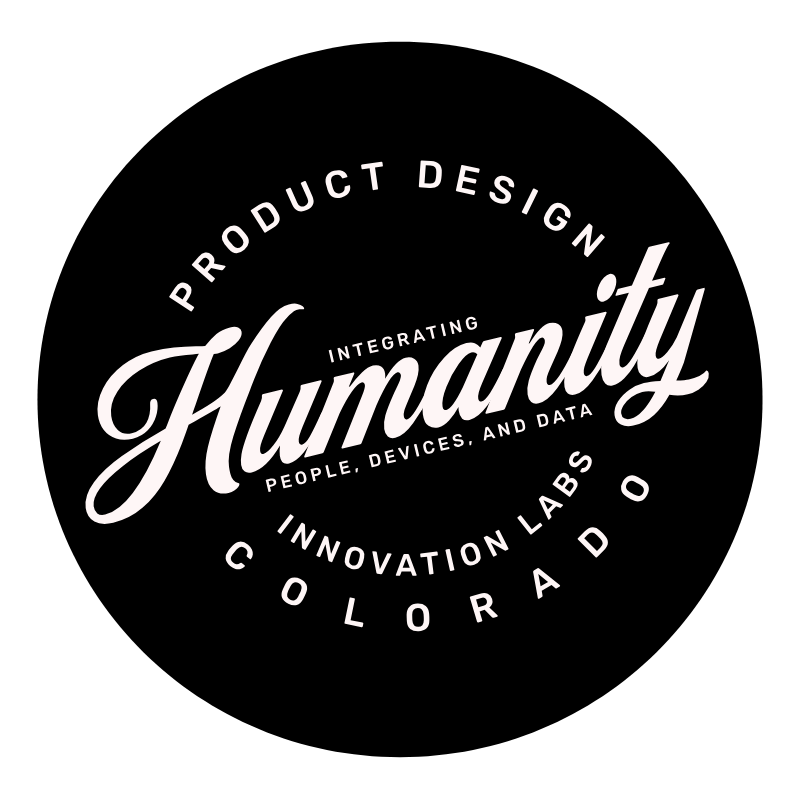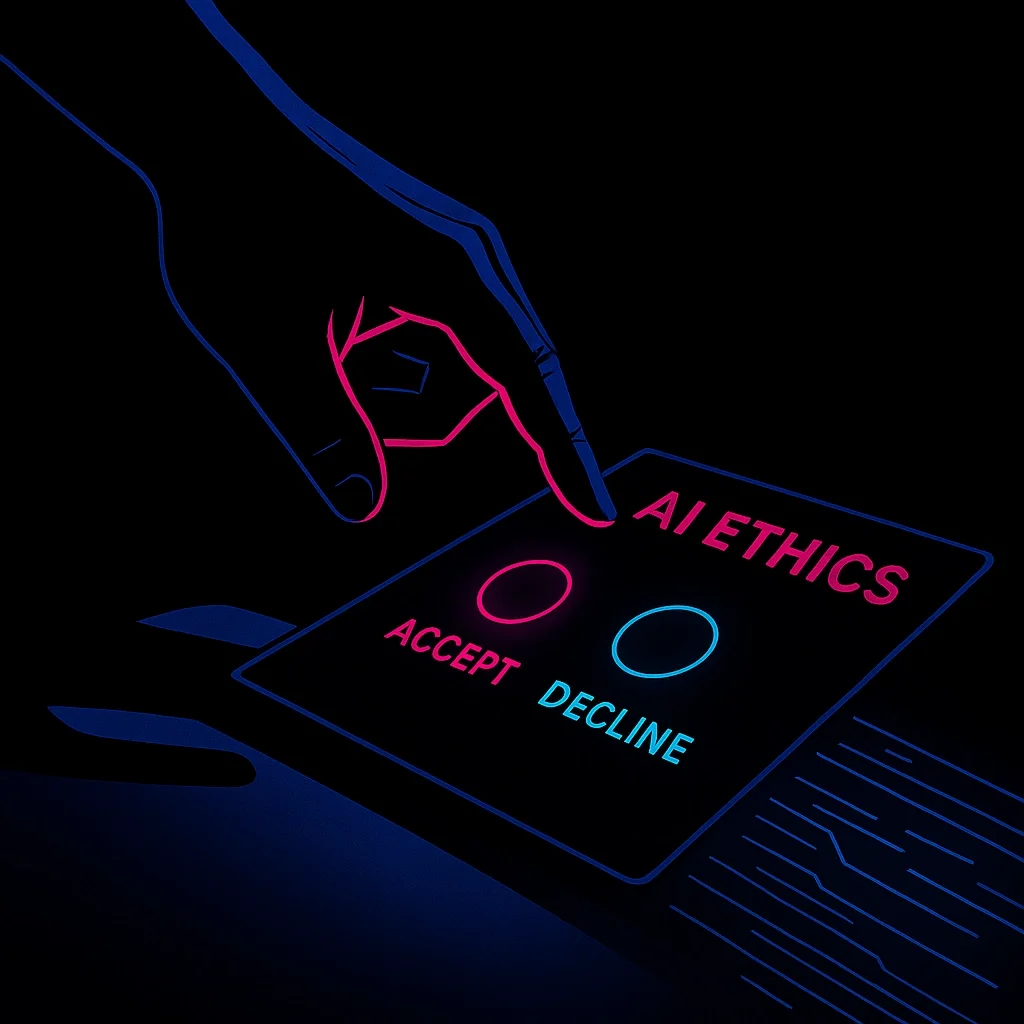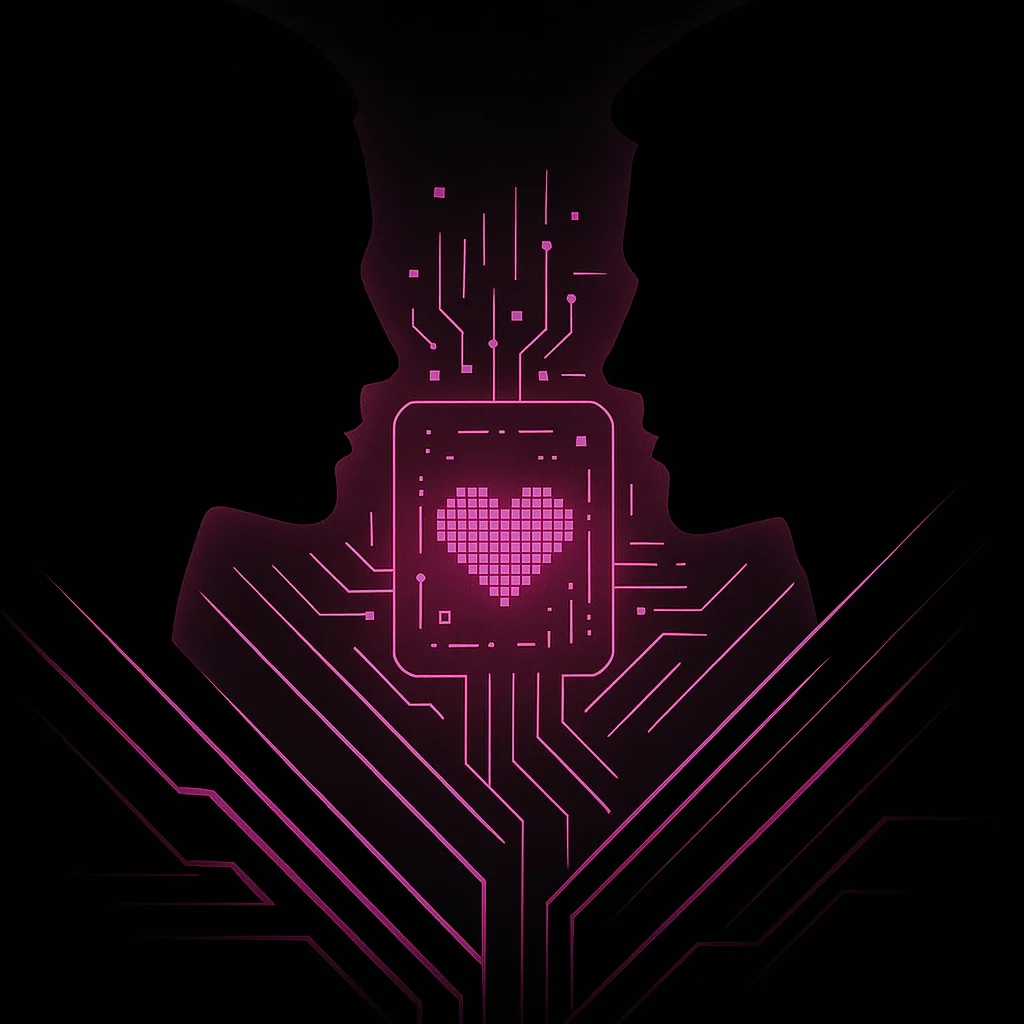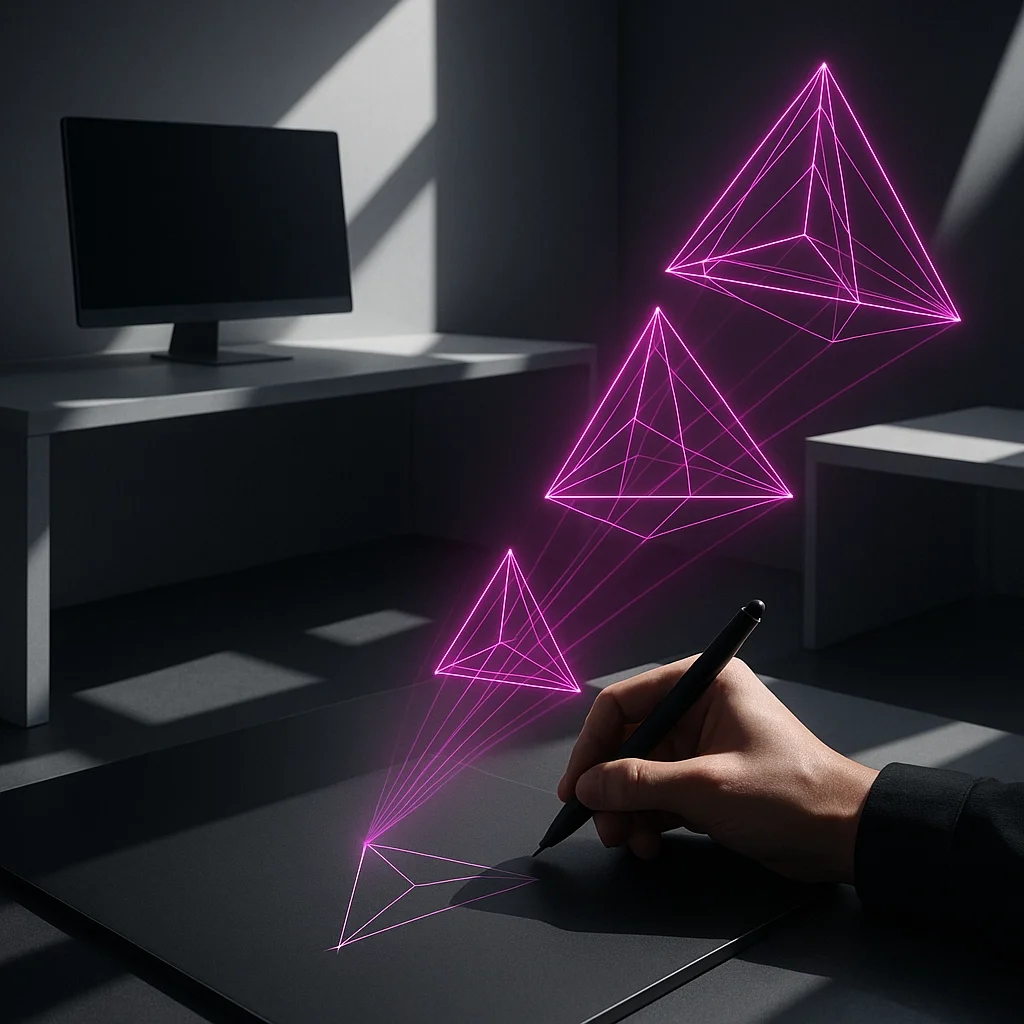The Future Isn't Fully Automated—Why Human-Centered Design Still Wins in an AI-Powered World
The AI Hype vs. Reality Gap
The headlines are impossible to miss: AI is taking over everything from content creation to product design. Every day brings new announcements of systems that can generate images, write code, analyze data, and seemingly replace human creativity with algorithmic efficiency. The message often feels like a foregone conclusion—automation is inevitable, and human involvement is becoming obsolete.
But at Humanity Innovation Labs™, we're seeing something different.
Despite remarkable AI advancements, our work with industry leaders consistently reveals that the most successful innovations still center on human needs, behaviors, and experiences. The companies outperforming their competitors aren't the ones simply deploying the most AI—they're the ones thoughtfully integrating AI while doubling down on human-centered design principles.
Why AI Can't (and Shouldn't) Do It All
AI excels at pattern recognition, data processing, and generating variations on known themes. These capabilities are transformative for many aspects of the design and innovation process. However, today's AI systems still fall critically short in several areas essential to meaningful innovation:
Context and Nuance
AI lacks the lived experience and contextual understanding that humans intuitively bring to design challenges. When we worked with a healthcare provider to reimagine their patient engagement system, AI tools could analyze interaction data and suggest optimizations—but they couldn't grasp the emotional complexity of receiving difficult medical news or the cultural factors influencing how different communities engage with healthcare.
"The most sophisticated AI can tell you what patterns exist in your data, but it can't tell you why those patterns matter to real people in real situations," notes a senior UX researcher at a Fortune 100 technology company we partnered with last year.
Ethical Reasoning and Value Judgments
AI systems don't inherently understand human values or make ethical judgments—they simply optimize for the metrics they're designed to track. This fundamental limitation means human oversight remains essential for responsible innovation.
Consider the cautionary tale of an AI recruitment tool that unintentionally discriminated against women because it was trained on historical hiring data that reflected existing biases. Or facial recognition systems that performed poorly for certain demographic groups because of training data limitations. These examples highlight why human ethical oversight isn't optional—it's essential.
Empathy and Emotional Intelligence
Perhaps most importantly, AI cannot empathize. It can simulate empathy through programmed responses, but it cannot authentically understand or care about human feelings, fears, hopes, or dreams.
Our research consistently shows that users can distinguish between authentic human-centered design and algorithmic approximations. In a recent satisfaction study we conducted across multiple industries, 78% of customers reported higher trust and loyalty when they believed human insight informed the design of their experience.
Where Human-Centered Design Excels
Human-centered design thrives in precisely the areas where AI struggles most:
1. Discovering Unmet and Unarticulated Needs
Humans excel at uncovering needs that users themselves may not be able to articulate. Through careful observation, deep listening, and intuitive leaps, skilled researchers can identify opportunities that wouldn't appear in any dataset.
At Humanity Innovation Labs™, our research teams regularly uncover insights that transform how our clients understand their customers. During a recent ethnographic study for a financial services client, our researchers identified a profound disconnect between how the company talked about financial wellness and how their customers actually experienced money stress—a gap that no amount of existing data analysis had revealed.
2. Creating Meaningful Connections
Design isn't just about functionality—it's about creating meaningful connections between people and products. The most successful designs resonate on an emotional level that AI simply cannot access.
"People don't just use products; they form relationships with them," explains our design director. "Those relationships are built on trust, delight, frustration, loyalty—the full spectrum of human emotion. AI can help optimize aspects of that relationship, but it can't understand it the way another human can."
3. Navigating Ambiguity and Complexity
Human designers thrive in ambiguity. When problems are messy, multifaceted, and lacking clear parameters—precisely the kind of challenges that matter most in innovation—human intuition, creativity, and adaptability shine.
A manufacturing client came to us with what they thought was a straightforward equipment efficiency problem. Through human-centered investigation, we discovered the real issue was a complex interplay of organizational culture, communication barriers, and workflow design. No algorithm could have navigated that ambiguity to find the true opportunity space.
The Power of Human-AI Collaboration
The most promising future isn't AI replacing human design—it's AI amplifying human creativity and insight. At Humanity Innovation Labs™, we're exploring this collaborative frontier in several ways:
AI as Research Accelerator
AI tools can dramatically expand a researcher's capacity to gather, analyze, and synthesize information, allowing human researchers to focus their unique skills on interpretation and application.
For a recent retail innovation project, we used natural language processing to analyze thousands of customer reviews and support interactions. This AI-powered analysis identified patterns and themes that would have taken months to find manually. Our human researchers then applied their expertise to determine which patterns mattered most and why—turning data into actionable insight.
AI as Creative Catalyst
Rather than replacing human creativity, AI can serve as a powerful tool for expanding creative exploration and breaking through creative blocks.
Our design teams now regularly use generative AI to quickly visualize multiple directions based on initial concepts. This allows designers to rapidly iterate, combine ideas in unexpected ways, and push beyond their first concepts—all while maintaining human direction and judgment about which ideas deserve deeper development.
AI as Implementation Partner
Once design directions are established, AI excels at helping to implement human-directed visions with precision and scale.
In developing a new service platform for a hospitality client, our team used AI to rapidly generate personalized content variations while maintaining the core brand voice and messaging strategy we had carefully crafted. The result combined human creative direction with AI-powered execution—delivering both quality and scale.
Putting Human-Centered Design First in an AI World
For organizations navigating this rapidly evolving landscape, we recommend these principles for maintaining human-centered excellence while leveraging AI capabilities:
1. Start With Human Understanding, Not Technology
Always begin innovation processes by understanding the humans you're designing for—their needs, contexts, limitations, and aspirations. Technology choices, including AI implementation, should follow from human understanding, not precede it.
2. Maintain Human Oversight for Values Alignment
Establish clear frameworks for ensuring AI implementations align with human and organizational values. This includes regular ethical reviews, diverse perspectives in decision-making, and mechanisms for identifying and addressing unintended consequences.
3. Invest in Human-AI Collaboration Skills
The most valuable team members in the coming years won't be those who resist AI or those who blindly embrace it—they'll be those who understand how to collaborate effectively with AI tools while maintaining human judgment and creativity.
At Humanity Innovation Labs™, we're developing training programs specifically designed to help innovation teams develop this collaborative intelligence, combining technical AI literacy with strengthened human skills like ethical reasoning, creative thinking, and empathic understanding.
The Human Future of Design
As we look ahead, we see a future where AI handles more routine aspects of design and innovation—generating options, optimizing based on parameters, implementing at scale—while humans focus increasingly on the uniquely human elements: understanding complex human needs, making value judgments, creating emotional connections, and guiding overall direction.
This isn't a diminished role for human designers; it's an elevated one. By offloading certain tasks to AI systems, human creativity and insight can focus where they matter most—on the profound human questions that make design meaningful in the first place.
The future isn't fully automated. It's thoughtfully collaborative—with human needs, values, and creativity firmly at the center, enhanced but never replaced by increasingly capable AI systems.
To learn more about how Humanity Innovation Labs™ is navigating this exciting frontier, explore our case studies on user research and AI in product design.




